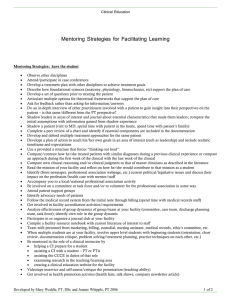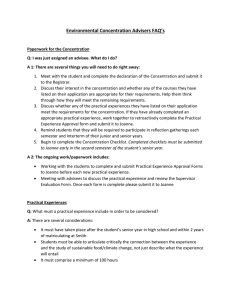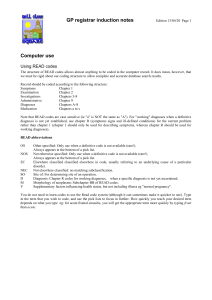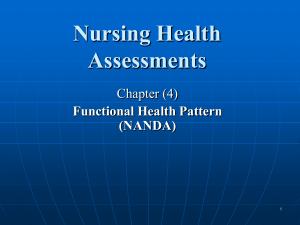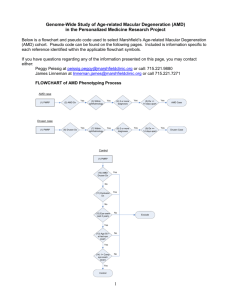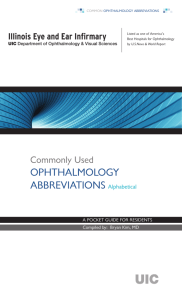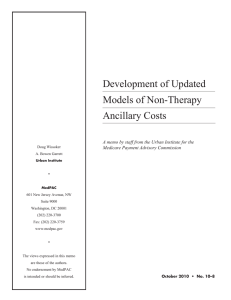Mentoring Strategies for Facilitating Learning
advertisement
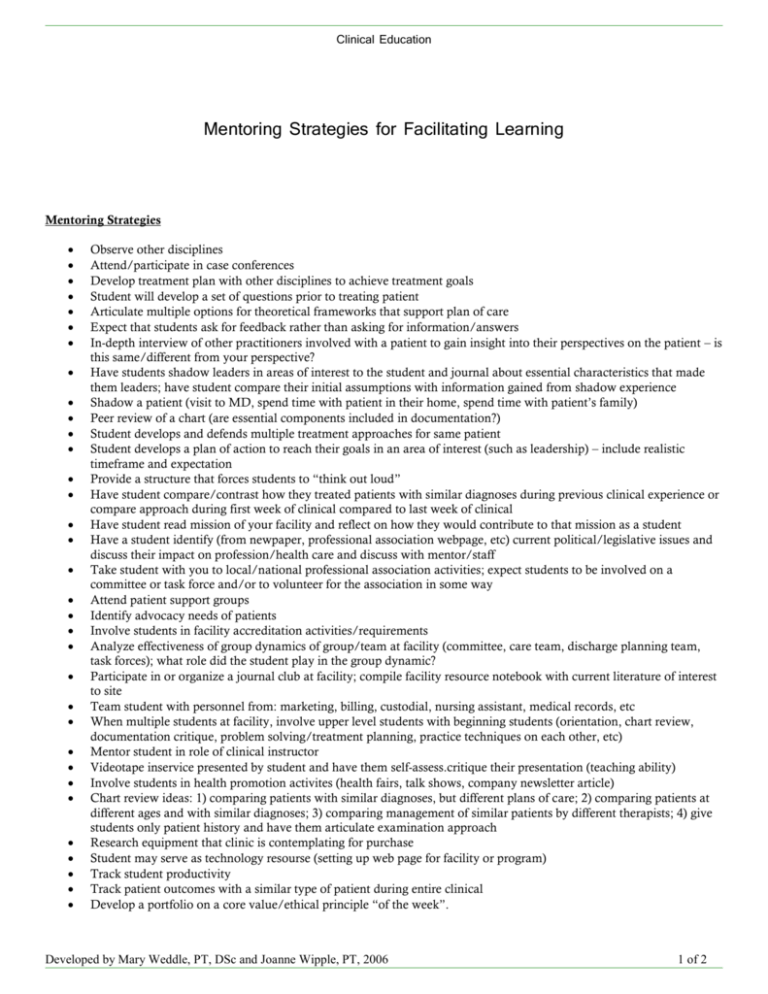
Clinical Education Mentoring Strategies for Facilitating Learning Mentoring Strategies Observe other disciplines Attend/participate in case conferences Develop treatment plan with other disciplines to achieve treatment goals Student will develop a set of questions prior to treating patient Articulate multiple options for theoretical frameworks that support plan of care Expect that students ask for feedback rather than asking for information/answers In-depth interview of other practitioners involved with a patient to gain insight into their perspectives on the patient – is this same/different from your perspective? Have students shadow leaders in areas of interest to the student and journal about essential characteristics that made them leaders; have student compare their initial assumptions with information gained from shadow experience Shadow a patient (visit to MD, spend time with patient in their home, spend time with patient’s family) Peer review of a chart (are essential components included in documentation?) Student develops and defends multiple treatment approaches for same patient Student develops a plan of action to reach their goals in an area of interest (such as leadership) – include realistic timeframe and expectation Provide a structure that forces students to “think out loud” Have student compare/contrast how they treated patients with similar diagnoses during previous clinical experience or compare approach during first week of clinical compared to last week of clinical Have student read mission of your facility and reflect on how they would contribute to that mission as a student Have a student identify (from newpaper, professional association webpage, etc) current political/legislative issues and discuss their impact on profession/health care and discuss with mentor/staff Take student with you to local/national professional association activities; expect students to be involved on a committee or task force and/or to volunteer for the association in some way Attend patient support groups Identify advocacy needs of patients Involve students in facility accreditation activities/requirements Analyze effectiveness of group dynamics of group/team at facility (committee, care team, discharge planning team, task forces); what role did the student play in the group dynamic? Participate in or organize a journal club at facility; compile facility resource notebook with current literature of interest to site Team student with personnel from: marketing, billing, custodial, nursing assistant, medical records, etc When multiple students at facility, involve upper level students with beginning students (orientation, chart review, documentation critique, problem solving/treatment planning, practice techniques on each other, etc) Mentor student in role of clinical instructor Videotape inservice presented by student and have them self-assess.critique their presentation (teaching ability) Involve students in health promotion activites (health fairs, talk shows, company newsletter article) Chart review ideas: 1) comparing patients with similar diagnoses, but different plans of care; 2) comparing patients at different ages and with similar diagnoses; 3) comparing management of similar patients by different therapists; 4) give students only patient history and have them articulate examination approach Research equipment that clinic is contemplating for purchase Student may serve as technology resourse (setting up web page for facility or program) Track student productivity Track patient outcomes with a similar type of patient during entire clinical Develop a portfolio on a core value/ethical principle “of the week”. Developed by Mary Weddle, PT, DSc and Joanne Wipple, PT, 2006 1 of 2 Model Questions What will your learning/insights lead you to do differently? What influences do your emotions have on the patient? On your decision making? Describe a decision you made today – how did you make the decision? Describe your reasoning. What influence might culture have on this relationship/situation? What impact would your assumptions have on this situation? Did you ask the patient all the necessary questions and how would you determine this? What did you do today that made you feel like a PT/PTA/COTA/SLP/OT? Developed by Mary Weddle, PT, DSc and Joanne Wipple, PT, 2006 2 of 2
